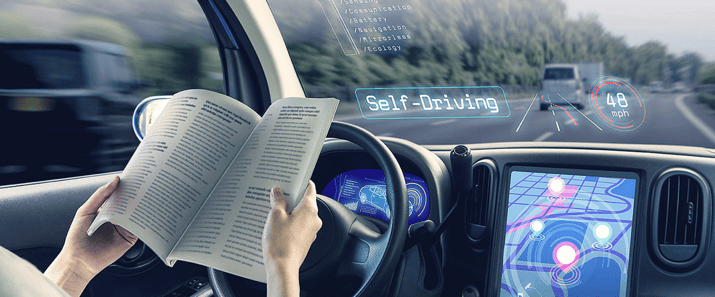After a Rough Start, Apple Regains Market Share of Driverless Vehicles

The automotive industry is rapidly evolving in the field of autonomous vehicles, mostly in part to the stiff competition between some pretty big players. Apple, Google’s Waymo, Tesla and Uber are all testing their own self-driving vehicles, and more states are issuing permits for this newest form of transportation.
Apple Leading the Surge in Permits
Until recently, Apple was behind the pack for self-driving vehicles. In fact, they didn’t even apply for a permit until April 2017, when they were awarded three permits. Today, Apple has 55 permits and 83 registered drivers in California, second only to General Motors, which holds 104 permits. All permits issued to Apple require a driver in the car; they have not applied for a driverless permit, although California began issuing driverless car permits in early April.
According to Fortune, here’s how the competition stacks up:
- General Motors’ Cruise division: 104 self-driving permits; 407 drivers
- Waymo: 51 self-driving car permits; 338 drivers
- Tesla: 39 permits; 93 drivers
There are currently 53 permit holders in the state of California, including numerous mainstream auto manufacturers like Nissan, Toyota, Ford and Subaru. They represent 409 self-driving cars and a whopping 1,573 drivers. With this many permit holders, it certainly seems that self-driving vehicles are the way of the future.
Apple’s Rough Start
As far back as 2014, Apple started a secret project to manufacture a self-driving vehicle under the code name Project Titan and had nearly 1,000 employees dedicated to its development. The project was unsuccessful and was disbanded in 2016. Last June, Tim Cook, CEO of Apple, disclosed that the company was developing autonomous-driving software that was going to be used on existing vehicles. At the time, Cook stated, “It’s a core technology that we view as very important … It’s probably one of the most difficult A.I. projects actually to work on.” The company will continue development with the deadline of late 2017, at which time they would assess progress and determine whether or not they would continue.
Safety First
All permits issued to Apple thus far require a driver to be in the car during operation as an added safety precaution, in case human interaction is needed to prevent an accident. The company continues their research on creating technology that would supply more data, enhancing the display image and creating an added level of safety and accuracy.
The Future
As we see more and more driverless vehicles on the road, and more states opting to adopt the vehicles following a testing period, it will be interesting to see what other industries move toward self-driving vehicles. Is this the wave of the future and will the need for truck drivers become obsolete? While human drivers get fatigued and require sleep, driverless trucks can stay on the road. Driverless trucks may reduce costs and enhance efficiencies, but at what cost to the workforce?


